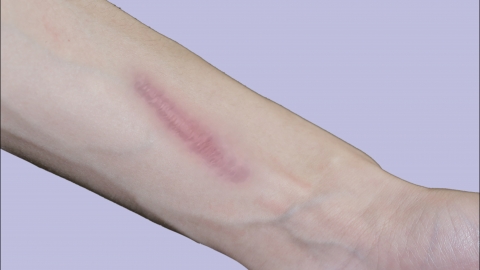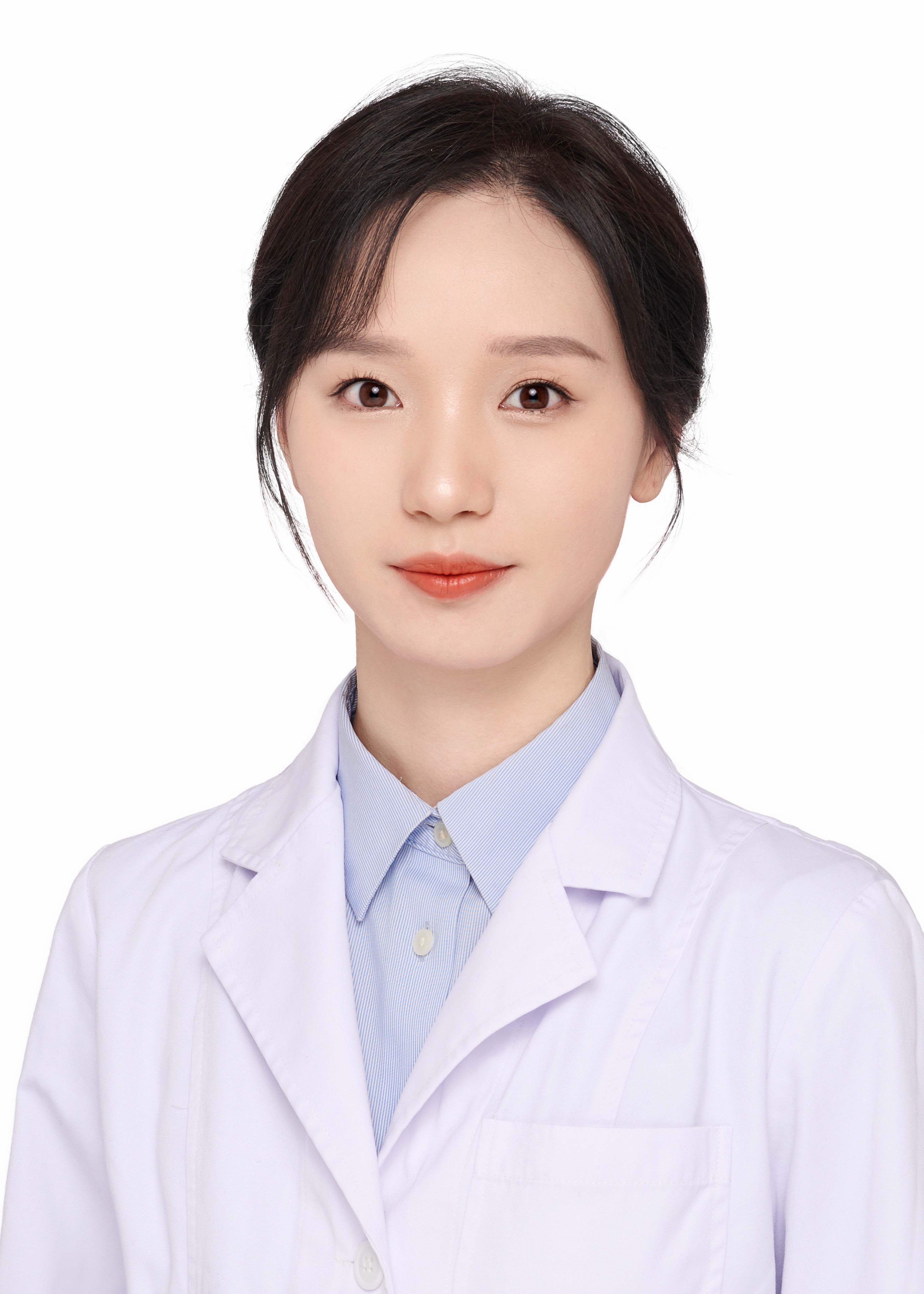How to treat keloid scars and what are the available treatment options?
Generally, keloid scars can be treated through pressure therapy, medication, laser therapy, microneedling, skin grafting, and other methods. It is recommended to visit a professional hospital to ensure the expertise and safety of the treatment. Detailed explanations are as follows:

1. Pressure Therapy
By continuously applying pressure on the scar, it can flatten the scar and typically reduce the hypertrophy. Common methods include compression garments and pressure bands. Pressure therapy is suitable for large-area scars or scars located in areas easily subjected to compression.
2. Medication
Under a doctor's guidance, medications such as asiaticoside cream, imiquimod cream, and tretinoin cream may be used. These medications can inhibit scar proliferation, soften scar tissue, and thus achieve therapeutic effects. The medication should be directly applied to the scar area and continued for a certain period before visible results can be observed.
3. Laser Therapy
Using the photothermal effect of lasers, abnormal blood vessels and pigment particles in the scar tissue can be precisely destroyed, promoting collagen regeneration and realignment, thereby lightening the scar and improving the skin's appearance. The approximate cost of laser therapy is 5,000–8,000 yuan per session. Noticeable improvement typically appears after 1–3 months, and side effects such as local redness and pigmentation may occur.
4. Microneedling
Microneedling is a new skin treatment method that creates microchannels on the skin using tiny needles to enhance drug penetration and absorption. When treating hypertrophic scars, medications containing skin-lightening and repairing ingredients can be delivered into deeper skin layers via microneedles to promote scar repair and fading. The approximate cost of microneedling is 2,000–5,000 yuan per session. Noticeable improvement typically appears after 7–15 days, and side effects such as pain and redness may occur.
5. Skin Grafting
Skin grafting involves taking a piece of healthy skin from another part of the patient's body and transplanting it to the scarred area. By suturing or other fixation methods, the donor skin is tightly attached to the recipient skin to promote healing and recovery. The approximate cost of skin grafting is 5,000–8,000 yuan per session. Noticeable improvement typically appears after 1–2 months, and complications such as wound infection and bleeding may occur.
In daily life, one should avoid friction and scratching to prevent skin damage, which could lead to infection or worsen scar formation.





